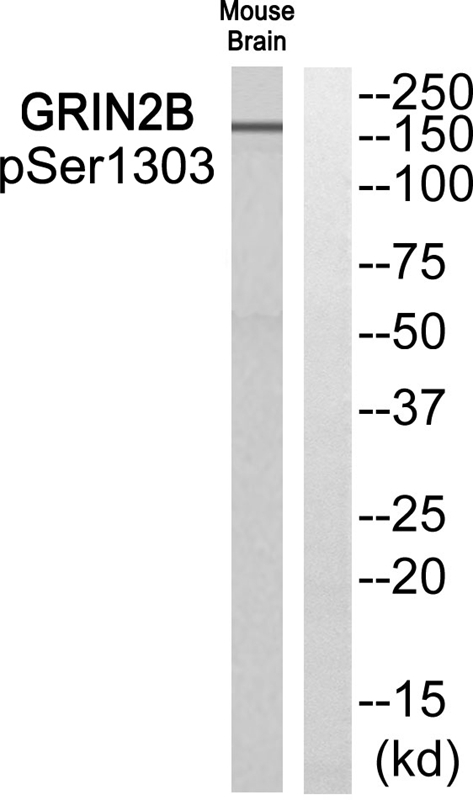N-methyl-D-aspartate (NMDA) receptors are a class of ionotropic glutamate receptors. NMDA receptor channel has been shown to be involved in long-term potentiation, an activity-dependent increase in the efficiency of synaptic transmission thought to underlie certain kinds of memory and learning. NMDA receptor channels are heteromers composed of three different subunits: NR1 (GRIN1), NR2 (GRIN2A, GRIN2B, GRIN2C, or GRIN2D) and NR3 (GRIN3A or GRIN3B). The NR2 subunit acts as the agonist binding site for glutamate. This receptor is the predominant excitatory neurotransmitter receptor in the mammalian brain.
Adams S.L., Biochim. Biophys. Acta 1260:105-108(1995).
Hess S.D., J. Pharmacol. Exp. Ther. 278:808-816(1996).
Mandich P., Submitted (FEB-1997) to the EMBL/GenBank/DDBJ databases.

